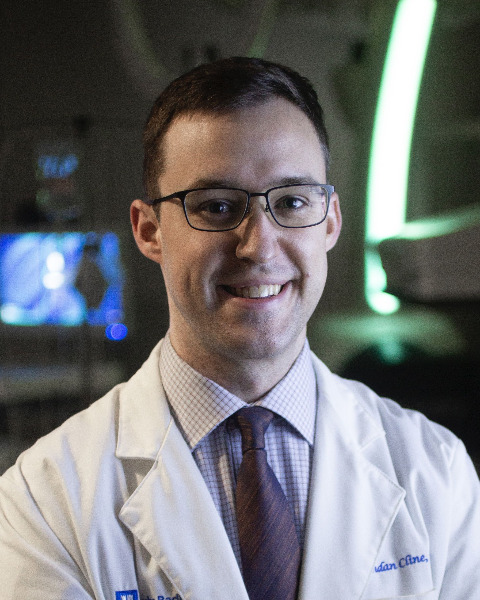General IR
National Employment and Retirement Trends for Interventional Radiologists
- BT
Brian P. Triana, MD, MBA
Resident Physician
Duke University Medical CenterDisclosure(s): No financial relationships to disclose

Brendan Cline, MD
Assistant Professor of Radiology
Duke University Health System- JC
Jared Christensen, MD, MBA
Associate Professor of Radiology
Duke University Medical Center 
Charles Y. Kim, MD, FSIR
Professor and Chief of Interventional Radiology
Duke University
Poster Presenter(s)
Author/Co-author(s)
Changes in employment may occur for a variety of reasons, including burnout, compensation, or retirement. Replacing physicians incurs substantial costs through onboarding and training, further exacerbated by periods of lost productivity and understaffing. Within IR, employment and retirement trends of physicians have not been studied and can help characterize the national workforce.
Materials and Methods:
Using the Centers for Medicare and Medicaid Care Compare database, the NPI and the associated organizational PAC IDs (a unique identifier for each practice) were obtained for all interventional radiologists from 2018 to 2021. For physicians working in organizations larger than 5 physicians, employment change rates were calculated as the percentage of physicians with different organizational PAC IDs between years. Retirement events were recorded when NPIs were no longer listed for the subsequent year. Physician employment changes and retirement were calculated for different organization types and physician demographics.
Results:
Between 2018-2021, annual physician employment changes decreased with time after training, from 17.7% within the first three years after training to 10.0% for physicians greater than 20 years after training. For the 20 academic medical centers in the US News 2022-2023 Best Hospitals Honor Roll, the average annual IR employment change rate was 7.8%, lower than the national average of 12.9% for IR physicians (p < 0.001). Mean retirement was earlier for IR physicians compared to diagnostic radiologists (22.4 versus 26.3 years after training, p < 0.001), while IR physicians in academic medical centers had a mean retirement of 31.8 years after training (p < 0.001 compared to all other IR physicians). The number of national IR physicians increased by 4.5% annually, with a growth rate of 2.8% within radiology-specific practices and 6.4% in all other organizations.
Conclusion:
In general, IR physicians retire earlier than diagnostic radiologists, with IR physicians at academic centers having particularly long careers. Employment changes are more common earlier in careers, with an estimated 44% of IR physicians changing employment in the first three years after training. These data are descriptive and further work is needed to understand underlying drivers, which may include burnout, work fulfillment, or compensation.

.jpg)
.png)
.png)
.png)
.jpg)
.png)
.png)
.jpg)
.png)